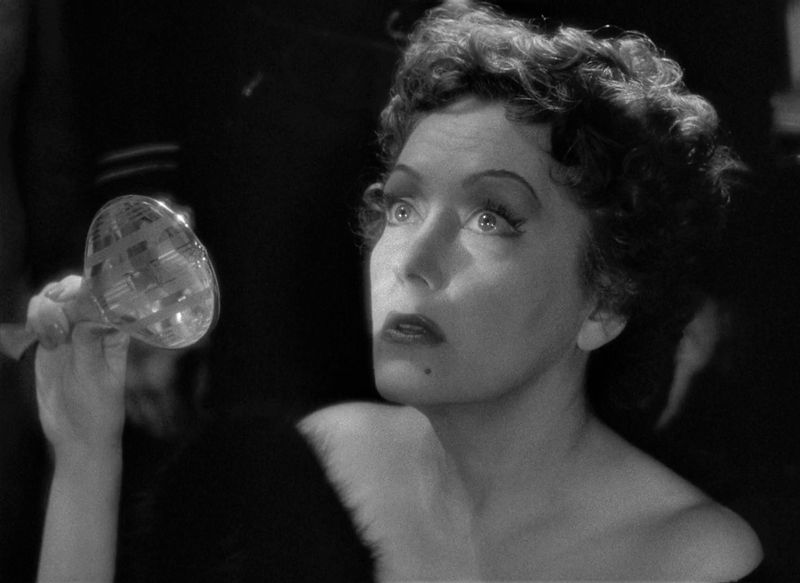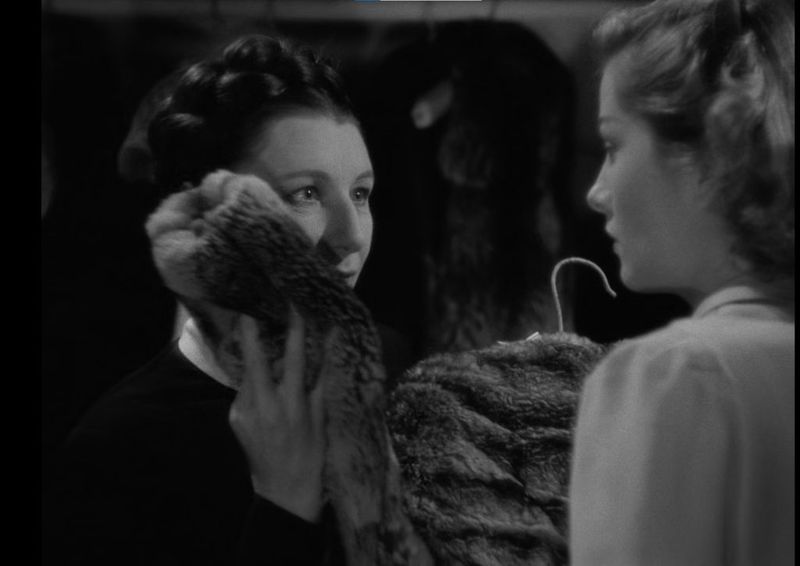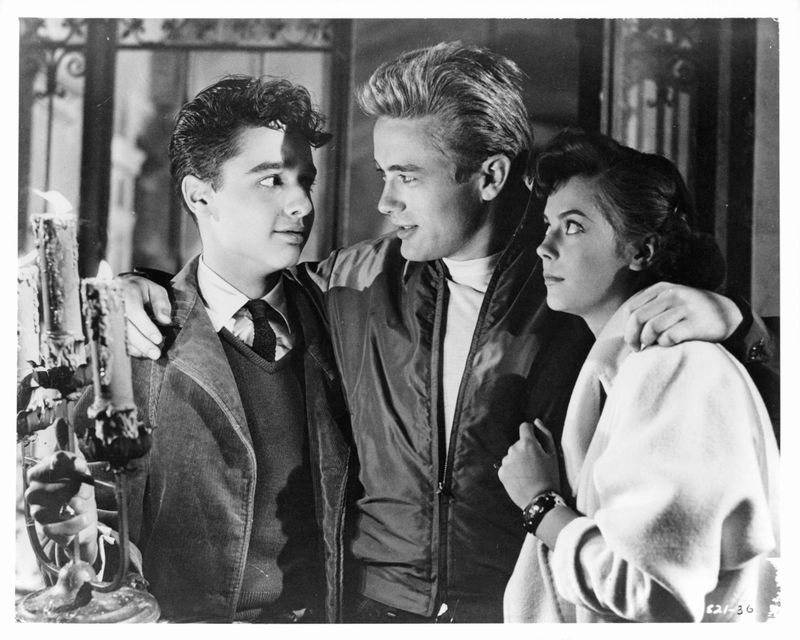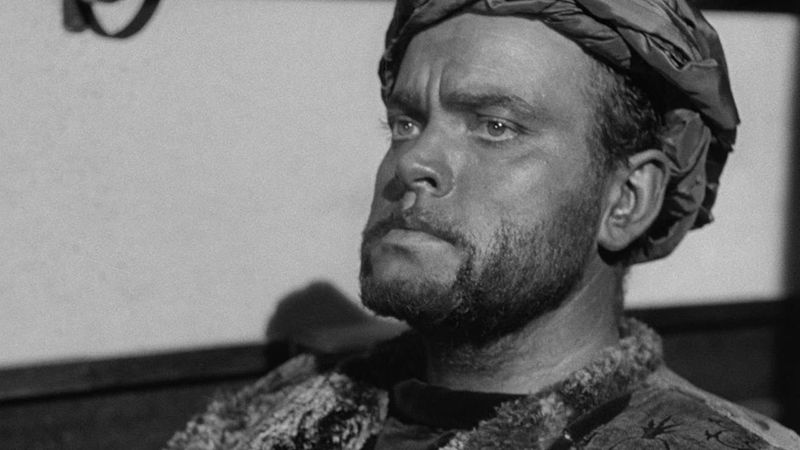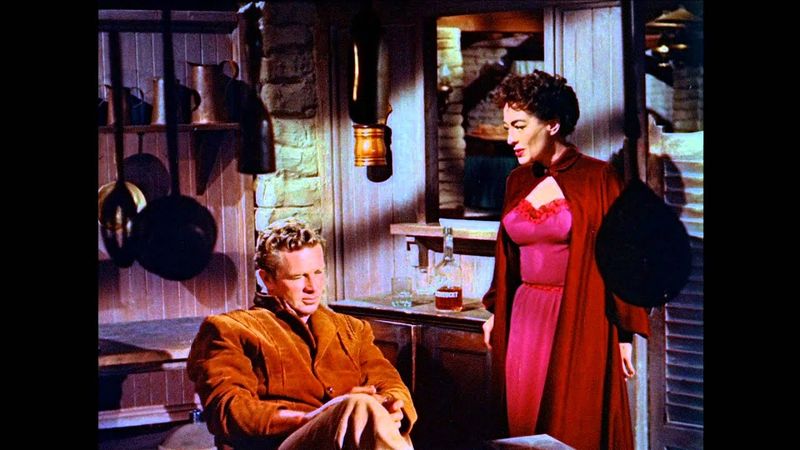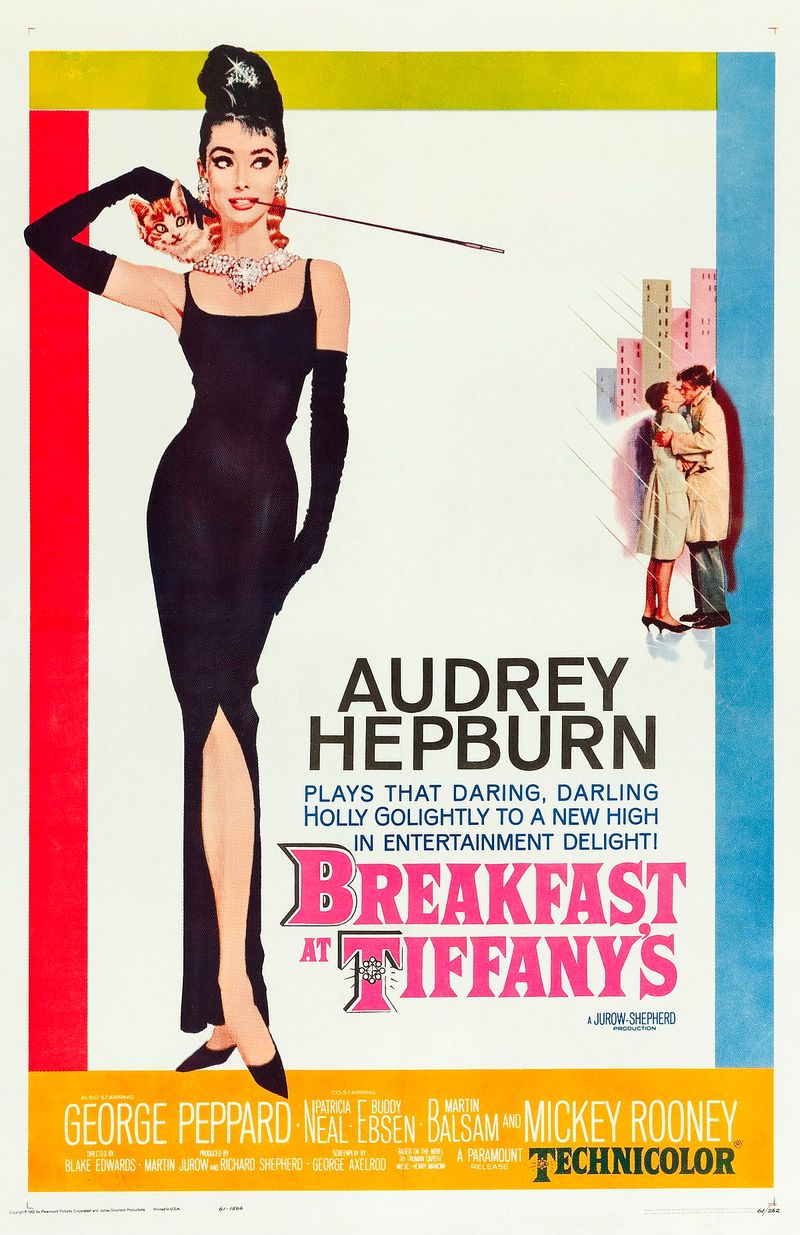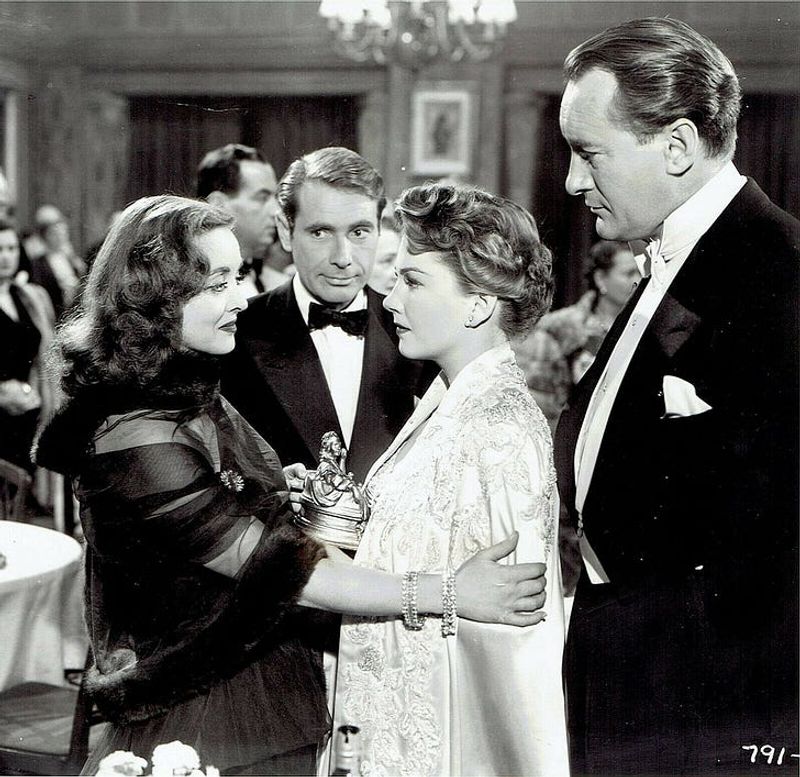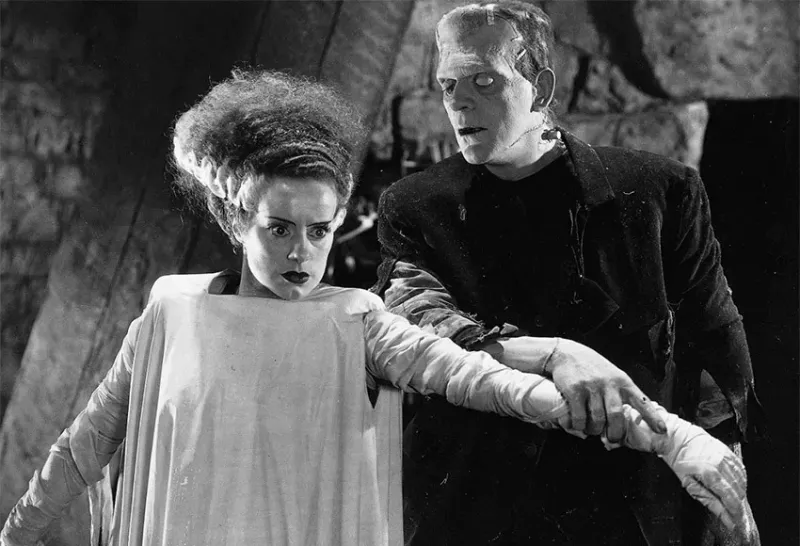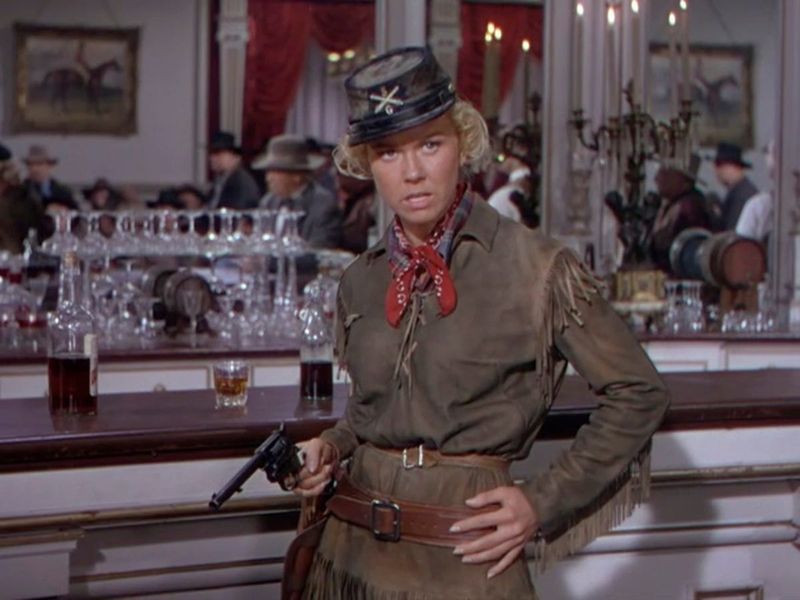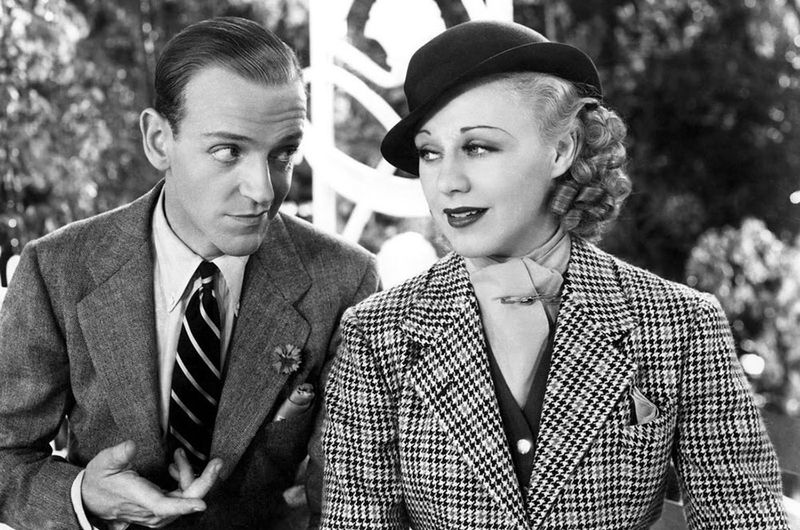Classic Hollywood is filled with moments that resonate with queer audiences, even when they weren’t overtly presented as such.
Through clever coding, directors and actors conveyed queer themes and characters, creating a rich tapestry of representation within the constraints of the time.
These moments have become iconic, celebrated for their subtlety and impact. Here are 15 such moments that continue to captivate and inspire.
1. Joel Cairo in The Maltese Falcon (1941)
Joel Cairo, portrayed by Peter Lorre in ‘The Maltese Falcon,’ embodies a slick, enigmatic presence. His character’s use of perfume, combined with a soft-spoken manner and cane, subtly hinted at queerness during an era of strict censorship. The intense attachment he displays to another male character adds layers to this queer-coded portrayal, making it a pivotal moment in classic Hollywood. Lorre’s performance stands out as a nuanced depiction of hidden desires and societal pressures. This character remains a compelling study of queer subtext in film history.
2. Norma Desmond in Sunset Boulevard (1950)
Norma Desmond, the dramatic diva of ‘Sunset Boulevard,’ played by Gloria Swanson, is a larger-than-life character embraced by queer audiences. Her obsession with beauty and youth, combined with her theatrical flair, resonates with those who understand the pressures of societal expectations. This queer icon’s exaggerated mannerisms and extravagant lifestyle reflect the struggles and triumphs of those who live outside the norm. Her story is a poignant exploration of identity and performance, capturing the essence of Hollywood’s golden age and its hidden queer narratives.
3. Brandon and Philip in Rope (1948)
In Alfred Hitchcock’s ‘Rope,’ Brandon and Philip are portrayed as intellectuals entangled in a dark psychological game. Inspired by the real-life killers Leopold and Loeb, their relationship adds a queer-coded layer to the film’s tension. Their living arrangement and shared guilt evoke a complex dynamic that resonates with hidden desires and societal taboos. Hitchcock’s masterful direction weaves a story filled with suspense and subtle references to queerness, creating a captivating movie moment that challenges traditional narratives and invites deeper reflection.
4. Mrs. Danvers in Rebecca (1940)
Mrs. Danvers, the eerie housekeeper in ‘Rebecca,’ embodies obsession and unspoken longing. Her fixation on the deceased mistress, Rebecca, adds a layer of lesbian subtext to the film. The way she caresses Rebecca’s clothing and speaks of her with reverence creates a haunting atmosphere filled with forbidden desire. This portrayal of unrequited love and devotion transcends the typical villain archetype, offering a nuanced exploration of complex emotions. Mrs. Danvers remains an enduring symbol of queer-coded storytelling, haunting viewers with her enigmatic presence.
5. Sal Mineo’s Plato in Rebel Without a Cause (1955)
Sal Mineo’s portrayal of Plato in ‘Rebel Without a Cause’ adds depth and vulnerability to the film’s narrative. His shy demeanor and emotional attachment to James Dean’s character, Jim, suggest an unspoken love recognized by queer audiences. The tenderness in their interactions highlights a sense of longing and connection that defies societal norms. Mineo’s performance resonates with those who have experienced the struggle of concealed identities and forbidden affections, creating a poignant tribute to youthful love and rebellion in a conformist world.
6. Cody Jarrett and His Mother in White Heat (1949)
Cody Jarrett, portrayed by James Cagney in ‘White Heat,’ embodies a complex relationship with his mother. Their intense emotional bond has been interpreted as a form of queer coding, reflecting dependency and devotion. Cagney’s explosive performance captures the contradictions of masculinity and vulnerability, making Jarrett a memorable character in film history. The film’s exploration of family dynamics and hidden desires offers a unique lens into the complexities of identity and affection, resonating with audiences who understand the nuances of coded narratives.
7. Iago in Othello (1951)
Laurence Olivier’s portrayal of Iago in ‘Othello’ is a masterclass in manipulation and hidden desires. His fixation on Othello, filled with homoerotic tension, reflects the complexities of postwar masculinity. Iago’s cunning nature and underlying motives create a rich tapestry of intrigue and betrayal. Olivier’s performance captures the essence of a character driven by jealousy and repressed emotions, making Iago a fascinating study of queer subtext. This interpretation resonates with those who see beneath the surface, uncovering the tangled web of human relationships.
8. Johnny Guitar in Johnny Guitar (1954)
‘Johnny Guitar’ stands out as a Western filled with underlying lesbian tension between Joan Crawford and Mercedes McCambridge’s characters. This film challenges traditional gender roles, with its powerful female protagonists locked in a battle that transcends mere rivalry. The palpable chemistry and unspoken desires create a narrative rich with queer subtext. Crawford’s commanding presence and McCambridge’s intensity offer a bold exploration of female empowerment and forbidden attractions, capturing the imagination of audiences who seek stories beyond conventional boundaries.
9. Truman Capote’s Influence on Breakfast at Tiffany’s (1961)
While ‘Breakfast at Tiffany’s’ may not overtly present queer themes, Truman Capote’s original novella included a gay male narrator. The film’s adaptation, altered due to censorship, erases this aspect, leaving behind hints of Capote’s influence. His unique voice and perspective imbue the story with subtle undertones of identity and belonging. This hidden layer resonates with those familiar with Capote’s life and work, offering a glimpse into the complexities of adapting literature to film in an era of strict moral codes. It’s a testament to resilience and creativity.
10. George Sanders as Addison DeWitt in All About Eve (1950)
George Sanders’ portrayal of Addison DeWitt in ‘All About Eve’ is the epitome of sophisticated queerness. His razor-sharp wit and cunning intelligence create a character both intriguing and enigmatic. DeWitt’s closeted existence and brilliant mind reflect the struggles of many who navigated a world of appearances and hidden truths. Sanders brings a touch of elegance and bitterness to the role, capturing the essence of a complex individual living within societal constraints. This performance remains a standout moment in cinema, celebrated for its nuanced depiction of queer identity.
11. James Whale’s Bride of Frankenstein (1935)
James Whale, the openly gay director of ‘Bride of Frankenstein,’ infused the film with theatricality and camp. The monster’s quest for companionship, filled with emotional depth, resonates with queer audiences. Whale’s unique vision and personal experiences permeate the narrative, creating a story that transcends traditional horror. The film’s exploration of identity, isolation, and acceptance offers a poignant reflection on the human condition. Whale’s work stands as a testament to the power of creativity and authenticity, capturing the hearts of those who find solace in its haunting beauty.
12. Calamity Jane in Calamity Jane (1953)
Doris Day’s portrayal of Calamity Jane offers a refreshing take on traditional Western roles. Her tomboyish demeanor and heartfelt songs of secret love add a layer of queerness to the film. Living with her best female friend in a frontier cabin, Jane’s story challenges gender norms and celebrates individuality. Day’s performance is filled with charm and energy, capturing the essence of a character who defies societal expectations. This portrayal remains a beloved moment in cinema, resonating with audiences who embrace diversity and authenticity.
13. Sebastian Venable in Suddenly, Last Summer (1959)
In ‘Suddenly, Last Summer,’ Sebastian Venable’s unseen presence looms large, reflecting the tragic consequences of queer-coded villainy. Tennessee Williams’ portrayal of Sebastian as a predatory figure adds complexity to the narrative, exploring themes of desire and repression. The film’s lush setting and intense performances create an atmosphere filled with tension and intrigue. This exploration of hidden truths and societal judgments offers a poignant reflection on the challenges faced by those who live in the shadows. It’s a haunting reminder of the power of storytelling.
14. Peter and Jack in Top Hat (1935)
Fred Astaire and Edward Everett Horton’s performances in ‘Top Hat’ bring a playful charm to the film’s portrayal of friendship and camaraderie. Their scenes together, filled with double entendres and gentle mockery of heterosexual norms, add a delightful queer-coded layer to the narrative. Astaire’s graceful dancing and Horton’s comedic timing create a dynamic duo that resonates with audiences who appreciate wit and sophistication. This moment in cinema captures the joy of connection and the subtle art of subverting expectations, leaving a lasting impression.
15. The Boys in Ben-Hur (1959)
‘Ben-Hur’ features a fascinating dynamic between Charlton Heston’s Ben-Hur and Stephen Boyd’s Messala. Screenwriter Gore Vidal famously wrote them as former lovers, adding a compelling layer of queer coding. Their reunion and subsequent rivalry are infused with tension and unspoken emotions, challenging traditional narratives of friendship and loyalty. The film’s grand scale and dramatic storytelling offer a rich exploration of love and betrayal, resonating with audiences who see beyond the surface. This interpretation invites viewers to reimagine history through a lens of hidden desires.

